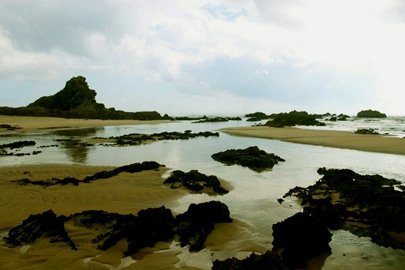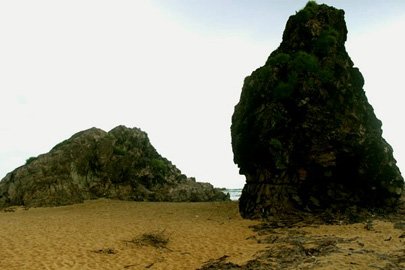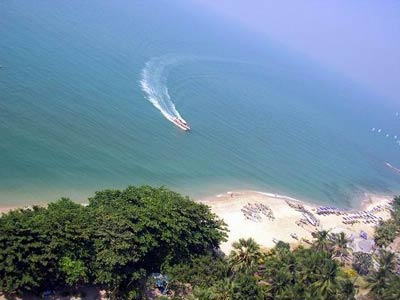Vietnam is well known as a paradise of delicious dishes. Unlike English, Vietnamese prefers to eat vegetable rather than eat meat. Vietnamtourism.org.vn makes a list of popular vegetable in Vietnam for tourists to consult when visiting our country.
1. Water spinach- Morning glory ( rau muống)
Water spinach is the most common vegetable in Vietnam as the tropical climate creates favorable conditions for its growth and the veggie does not require much care. Used to be known as rustic veggie of the poor, water spinach has become an intergal ingredient in
Some Vietnamese cuisines such as sauteed garlic spinach. In the south, morning glory is often chopped into thin chips and eaten raw as salad or verved with many kinds of noodles. For most Vietnamese, water spinach is considered as important as rice in their daily meals.
Some Vietnamese cuisines such as sauteed garlic spinach. In the south, morning glory is often chopped into thin chips and eaten raw as salad or verved with many kinds of noodles. For most Vietnamese, water spinach is considered as important as rice in their daily meals.
2. Cabbage ( bắp cải)
Cabbage is one of the indispensible that Vietnamese housewives take to their top list of ingredient in the cold season. It is a round vegetable with large greens or white leaves. It is common knownledge that cabbage is a good source of vitamins disease preventative properties. Cabbage looks like lettuce but the favor is subtly diffirent. Its gently sweet taste could certainly charm vegetarian lovers.
3. Bamboo shoots ( măng)
Coming to Vietnam, the image of green bamboo trees surrounding rustic villages seems to be engraved in tourist's mind as an unforgettable beauty. Not many guests know that bamboo shoots are regarded as valuable source of food. According to scientific research, eating bamboo shoots is one of the best ways for you to lose weight and maintain good general health as they high in dietary fiber and vitamins as well as mineral substance. While fresh bamboo shoots are commonly used in some kinds of soups in Vietnam, its fermented state is prefered to be eaten with a lot of dishes as a kind of Vietnamese Kimchi.
4. Chayote ( su su)
Chayote is gettting popular in the north of Vietnam. It could be easily processed into totally diffirent kinds of dishes as everything in the chayote fruit is edible. The roof and leaves are often sauteed with garlic while the sweet flesh is prefferred to be boiled and served with roasted peanuts. Both dishes are emerging specialties in Vietnam.
5.Kohirabi ( su hào)

Kohirabi is veggie of the cabbage family whose thick round white stem is eaten. It is said that should you are keen on broccoli stalks, you would definitely like Kohirabi. It tastes sweet and super crunchy. While hot Kohirabi soups with pork pone or chicken are bound to warm your belly in the winter, boiled kohirabi is likely to bring you a cool feeling in the summer, not mention to fermented kohirabi with the crunchy flavor remained.
6. Biiter melon ( mướp đắng )
Through the name, we could certainly image how it tastes. However, the rough surface and the bitter flavor are unable to prevent Vietnamese from enjoying the veggie. So, just try it and find your answer. Chopped bitter melon if often stir-fried with eggs, but the most favorite dish could be bitter melon soup, integral part of the menu for the summer in the south. This specialty is taken into Tet holiday menu as it is Vietnamese firm belief that sadness will pass and the happiness will come over after biterness has been eaten.
7. Ceylon spinach ( mồng tơi)
Ceylon spinach has appeared in poems and folk verses of a rustic attractiveness in Vietnamese little villages. the veggie seems remind people living far away their countries of their passed days gathering with their family members around cozy plain meals. The perfect combination of the veggie with crab meat, jute, and luffa creates a mouth-watering soup, a cool dish for hot days in the summer.
8. Cucumber ( dưa chuột)
Hardly any submarine in Vietnam does not have sliced cucumbers as the main ingredient inside. It is certainly an idea veggie for summer due to its mild, almost watery flavour or light melon taste. While raw cucumber is also integral part of most kinds of salads in Vietnam, pickled cucumber is another delicacy in Vietnamese cuisines.
9. Chinese broccoli ( ngồng cải)
Many types of soups in Vietnam has chinese broccoli as the main ingredient. With a subtly bitter flavor and long-lasting sweet taste, the veggie is commonly đippe into broth to enrich the flavor of hotpots. In addition, it can be eaten raw in salads, stir-fried with beef or mushroom and boiled as a normal vegetable. however, the veggie should be washed thoroughtly before processed due to the fact that Vietnamese farmers currently spray many kinds of pesticides onto the veggie.
http://travel.org.vn/food-drink/vietnamese-food/2013/05/nine-most-popular-vegetables-of-vietnam.html
http://travel.org.vn/food-drink/vietnamese-food/2013/05/nine-most-popular-vegetables-of-vietnam.html









.jpg)




